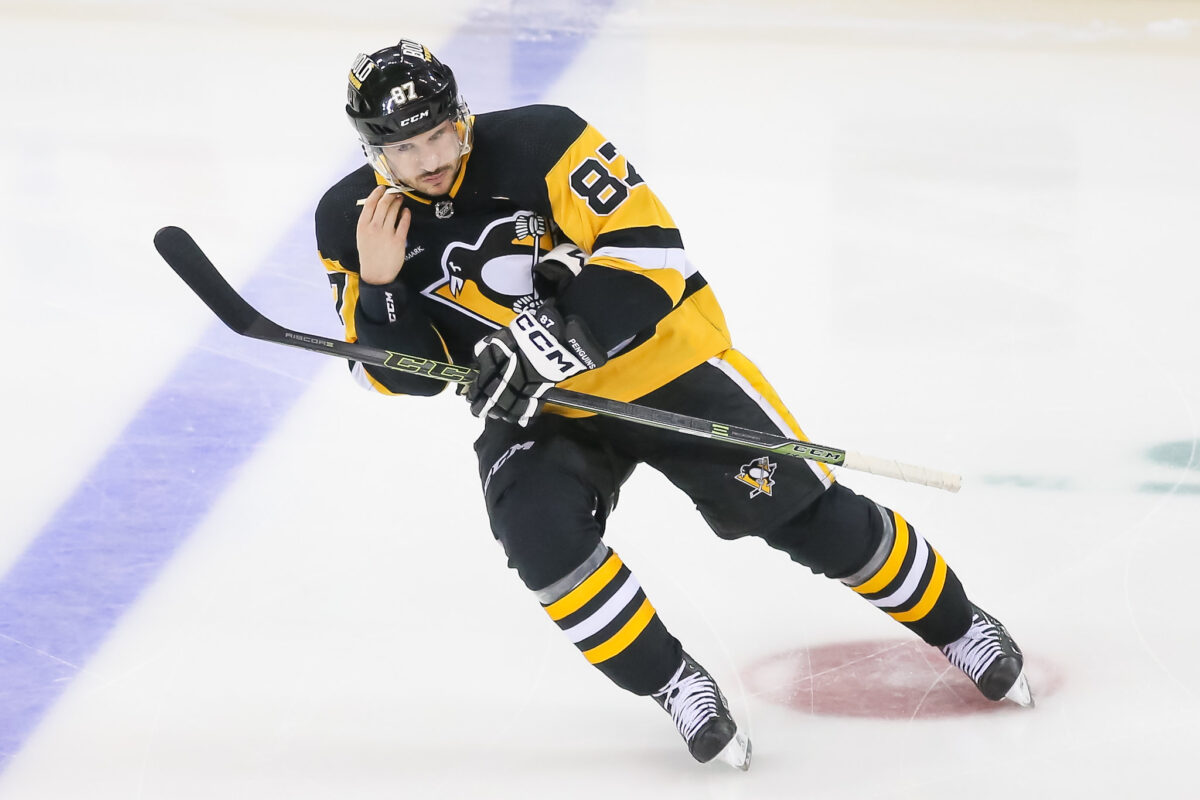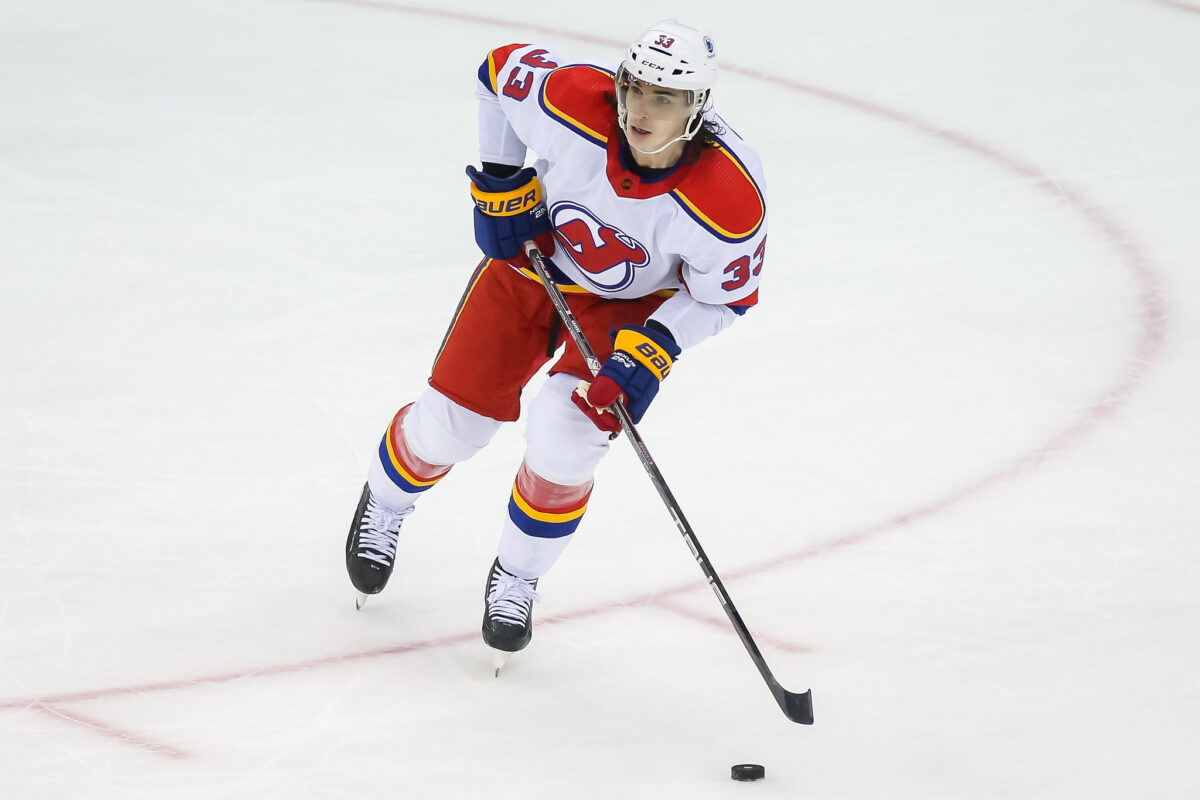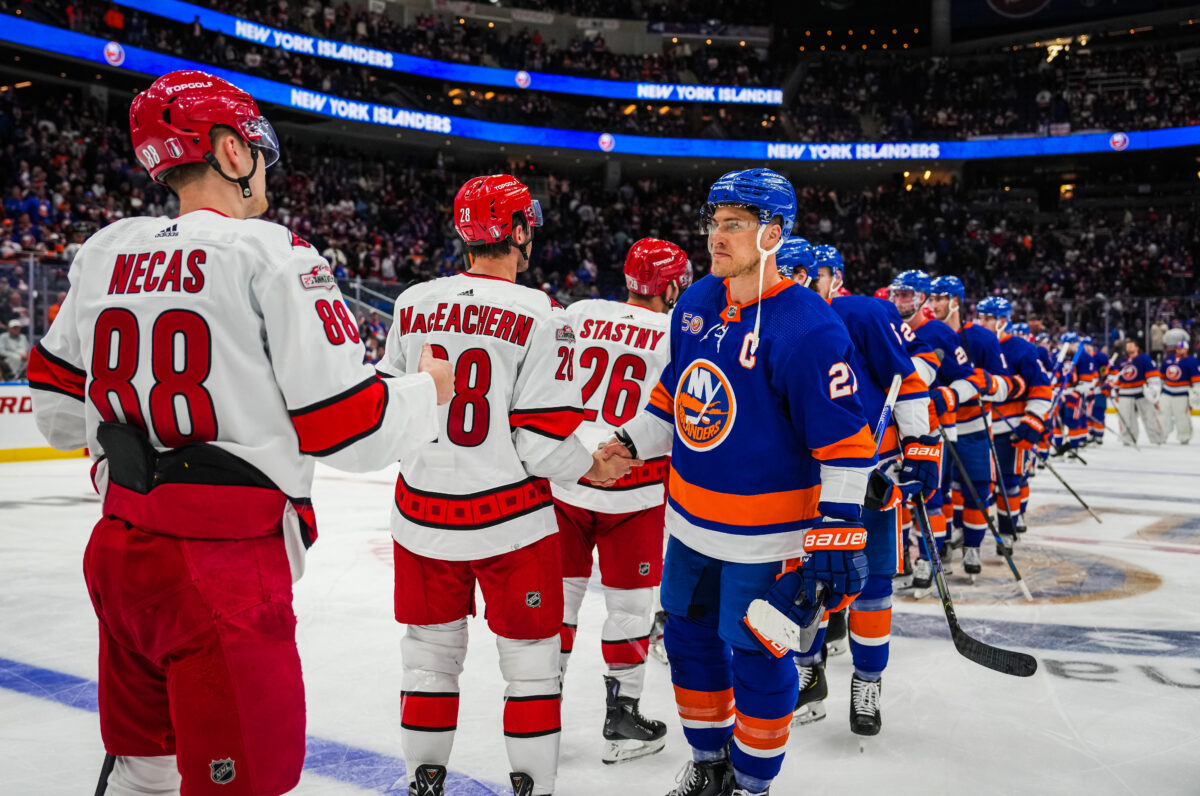With the 2023-24 regular season approaching, the Pittsburgh Penguins will begin a new era under the newly hired president of hockey operations Kyle Dubas, who’s been assigned the homework of injecting youth and longevity into an aging roster and depleted prospect pool. Dubas takes over with the uncertainty of how much longer their Stanley Cup window stays open with Sidney Crosby, Evgeni Malkin, and Kris Letang on the roster.
However, they’re still playing at a very high level and need better talent to support them in order to maximize their ability in the short term. Although not easy, Pittsburgh’s new front office will have to restock the goods for this season and beyond.
Related: Penguins Are a Top 4 Team in the Metro Division
The Eastern Conference will be the most competitive it’s been in a long time, with a dozen teams that could be vying for a playoff spot. Will the Penguins be one of the eight best teams? Time will tell, but here’s a closer look at what to expect throughout the season.
Penguins’ Forwards
Scoring goals shouldn’t be much of an issue for the top-six forwards. By acquiring Reilly Smith, there are no longer any glaring weaknesses at the top of the lineup, with Crosby, Malkin, Jake Guenztel, Rickard Rakell, and Bryan Rust filling out the rest. Smith will replace Jason Zucker, an unrestricted free agent who chose to sign with the Arizona Coyotes.

The bottom six forwards are where things get interesting. It doesn’t require an NHL analyst to point out how bad and underwhelming this particular group was last season and was part of the reason why former general manager Ron Hextall was immediately fired at the end of last season. During this offseason, there was a massive reshuffling. New faces like Noel Acciari, Lars Eller, and Matt Nieto all bring an element to the bottom of the lineup that has been missing for a while.
Still, there remains much work to do. Jeff Carter and Mikael Granlund, who both carry problematic salaries and on-ice performance, sit on the roster with unknown futures. The bottom six will be better, but how much better is a question many fans are asking as the season draws closer.
Penguins’ Defensemen and Goalies
It remains to be seen how much more work Dubas will do in tinkering with the defensive pairings, but as of right now, it has also taken a step in the right direction. Ryan Graves will offer better security on the blue line and in front of Tristan Jarry. He’ll pair nicely with either Letang or Marcus Pettersson, depending on whether or not Pittsburgh acquires another defenseman. Questions remain about the statuses of Jeff Petry and Jan Rutta, who are both well into their 30s and possess unfavorable contracts.
The team has a good core of defensemen with Letang, Graves, and Pierre Olivier-Joseph, but how confident should we be in the rest? Arguably, not as confident. This is an average blue line, at best, if it remains the same heading into training camp and preseason.

The Penguins’ goaltending, on the other hand, is an even spicier debate. Why? Well, two words: re-signing Jarry. After a rather eventful season in the net (including nagging injuries and inconsistency), Dubas ultimately felt it was in the best interests to re-sign Jarry, considering the lack of better options elsewhere. Although seen as a risky gamble to many, it could turn out better than expected if Pittsburgh can spell Jarry with good goaltending depth behind him.
How Do the Penguins Stack Up With the East?
Missing out on the postseason last season means the team’s best players’ Stanley Cup window has shrunk to be a little bit shorter on time. Age is never kind, and father time eventually gets the best of us. Dubas and company are hoping the new-look roster will be enough to overcome last season’s deficiencies and preexisting age factor. In a sense, the outlook is brighter, but on a larger scale, it’s hard to believe they’ll crack the upper echelon of the conference.
Taking a look at the East itself, the Boston Bruins, Toronto Maple Leafs, New Jersey Devils, Carolina Hurricanes, New York Rangers, Tampa Bay Lightning, Florida Panthers, and New York Islanders all qualified for the playoffs before, so that means the upcoming season will be an arms race. Many teams improved this offseason, and several have yet to drop off. Where does that leave the rest of the clubs that were on the outside looking in?

The Buffalo Sabres have the looks of an exciting young team taking the next step toward the postseason. The Detroit Red Wings and Ottawa Senators are also knocking on the door, with a mixture of grizzled veterans and young upcoming talent. Washington, despite them not making the playoffs last season, still remains competitive under Alex Ovechkin’s scoring prowess and added some solid pieces to their roster.
Columbus has made significant strides toward contention on the trade market and boasts an elite prospect pool, albeit their inadequacy to build a competent team in recent memory. Pittsburgh is the most polarizing team, as an influx of new talent looks to put them back on the map after a disappointing end to a season. All in all, there are more playoff-caliber teams than playoff-clinching spots available.
The Penguins could, theoretically, clinch a wild-card spot, but are they good enough to finish top-four in the Metropolitan Division? To do so, they’d need to pass the Islanders, who made the playoffs as one of the final two wild-card teams. The case can be made for making it back in, as New York did not add any significant talent this offseason and remained relatively the same throughout their lineup.
The East is unpredictable. There will be surprises and unexpected twists and turns. The only given we do know is that Pittsburgh is a better team than last season, on paper, over the one that missed the playoffs last year by two points. But will it be enough? We’ll soon find out.